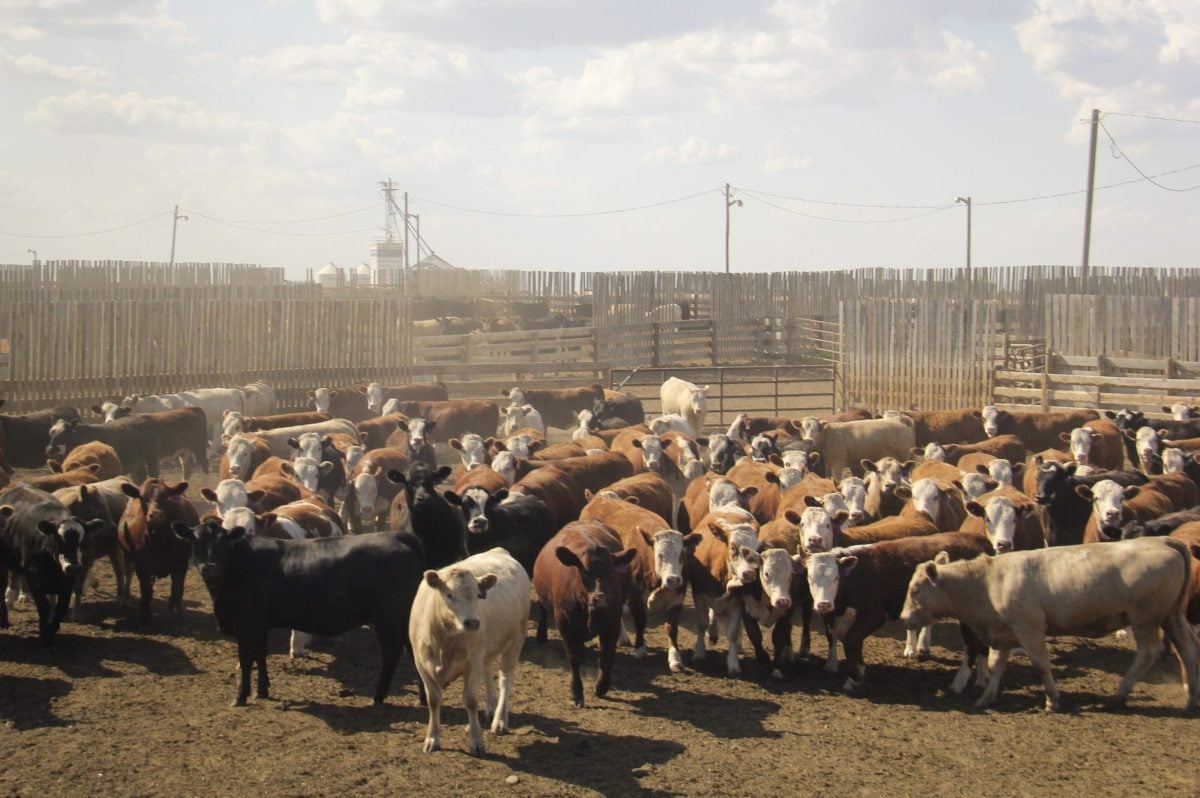Winnipeg — Canadian farmers are hanging on to their canola supplies in a quest to draw out better prices.
The January canola contract was the most consistent mover over the week, finishing higher for the seventh consecutive session on Wednesday.
“Producers are not selling it or the grain companies aren’t hedging it, which isn’t likely; so the producers are long,” said Wayne Palmer of Agri-Trend Marketing in Winnipeg, Manitoba.
He noted the open interest didn’t appear to be moving upward even though “the funds are short 35,000 contracts.”
Read Also

U.S. livestock: Hog futures hit contract highs on shock herd decline
Chicago | Reuters – Lean hog futures stormed to contract highs at the Chicago Mercantile Exchange on Friday as smaller-than-expected…
Palmer estimates harvest is roughly 30 to 35 percent complete across the Prairies with the re-seeded crop (as a result of the June frost) likely to start being combined next week.
However, Palmer thinks most farmers don’t plan to sell their canola unless they get $11 a bushel for it.
“The best they’re paying, which is in Alberta, is $10.75 (per bushel) with others close to $10.25 to $10.40.”
Palmer believes given enough time, growers will eventually get the price they’re after.
“They will get $11,” he said, adding that eventually the basis would narrow or futures would be “run up” to squeeze supplies onto the market.
Ken Ball of PI Financial in Winnipeg, pegged support for canola’s November contract at $460 per tonne and the resistance at $475.
“As long as the Canadian dollar stays down, that $460 should stand as a decent support level for canola,” he said.
One potential wild card to the situation is the U.S. Federal Reserve’s looming decision on whether to hike American interest rates.
An announcement is expected sometime Thursday (Sept 17). Ball says the Canadian dollar could be on the move depending on what the report said.
One other feature to the canola market lies in the spread, said Palmer, noting the November-January spread had narrowed to $5.
“You got the funds short a lot of November, you got to buy the Nov and sell the Jan and if the producer doesn’t sell canola and stores it. The guy that’s short cash and short the Nov futures will be up a creek when it comes time to buy,” he said.
Palmer added the spread could quickly turn into an inverse given enough time.















